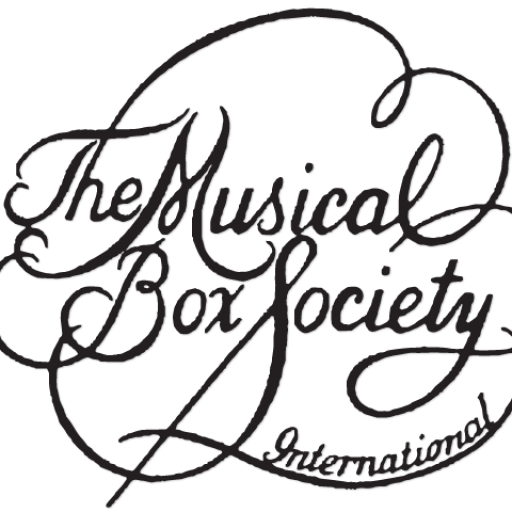General term used to describe all self-playing musical instruments (although certain types of pneumatic instruments with sophisticated expression capabilities-large orchestrions, pipe organs, and reproducing pianos, for example-were never designated as such). See automatic musical instrument. 2. Self-playing musical instrument, especially one that is powered by a hand crank, a spring, a weight drive, or other clockwork mechanism (as opposed to electrically-driven instruments, most of which were originally designated as automatic rather than mechanical).
melodia pipe
Open flute pipe of medium loudness that speaks at 8′ pitch. Larger scale and less imitative of the orchestral instrument than an orchestral flute pipe.
melody section
1. Predominant part of music which is recognizable as the "tune." Technically, any succession of single notes (as contrasted to "harmony," which is the simultaneous sounding of several notes). 2. In a fairground organ, the division of pipes which frequently plays the melody or main melodic parts of the music. Other divisions of a typical fairground organ are the countermelody, accompaniment, and bass.
mezzo forte
Intensity or sound level of moderate loudness. In reproducing pianos, an intensity halfway between forte (loud) and piano (soft). Abbreviated as mf.
mignon
Adjective of French derivation used to describe any small object. The Welte-Mignon reproducing piano was small compared to the orchestrions built by the Welte firm. * French: small.
